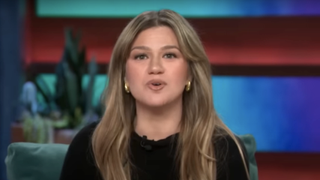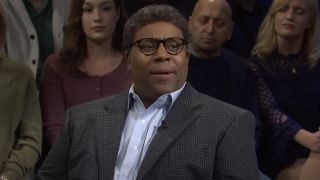nbc
Latest nbc

Law And Order's Reid Scott Talks Riley Getting 'Rather Triggered' In The Next Episode And The Writers Being 'True To Their Word'
By Laura Hurley published
This has been a long time coming for Detective Riley.

Which OG Suits Actors Does The Suits: LA Cast Want To Show Up Next? I'm Loving What Lex Scott Davis Told Me
By Adam Holmes published
Exclusives Can this please happen?

Chicago Med's Latest Episode Has Me Conflicted About Archer And Hannah's Relationship, But Steven Weber And Jessy Schram Nailed It
By Laura Hurley published
The plot thickens.

Kelly Clarkson Is Wildly Popular As A Daytime Host, But There Are Allegedly Problems Behind The Scenes
By Laura Hurley published
It's not all karaoke and fun guests.

Law And Order: SVU's First Female Showrunner Also Wrote One Of Benson And Stabler's Most Iconic Episodes, And I'm Hyped For Her Arrival
By Laura Hurley published
We could be in for a new era of Law & Order: SVU!

Law And Order Guest Star Shares What Was 'A Little Embarrassing' While Filming With Reid Scott, And Now I Wish There Were Bloopers
By Laura Hurley published
Exclusive Jesse Metcalfe had a memorable experience on Law & Order.

Kelsea Ballerini Started A Trend During The Voice Knockouts, And I Would Love For This To Become A Thing
By Heidi Venable published

With CBS’ FBI Losing Both Spinoffs In 2025, I’m Flashing Back To What Didn’t Work With NBC’s Failed One Chicago Show
By Laura Hurley published
Let's dig into what earlier shows of the Dick Wolf TV universe have taught us.
CINEMABLEND NEWSLETTER
Your Daily Blend of Entertainment News
LATEST ARTICLES




